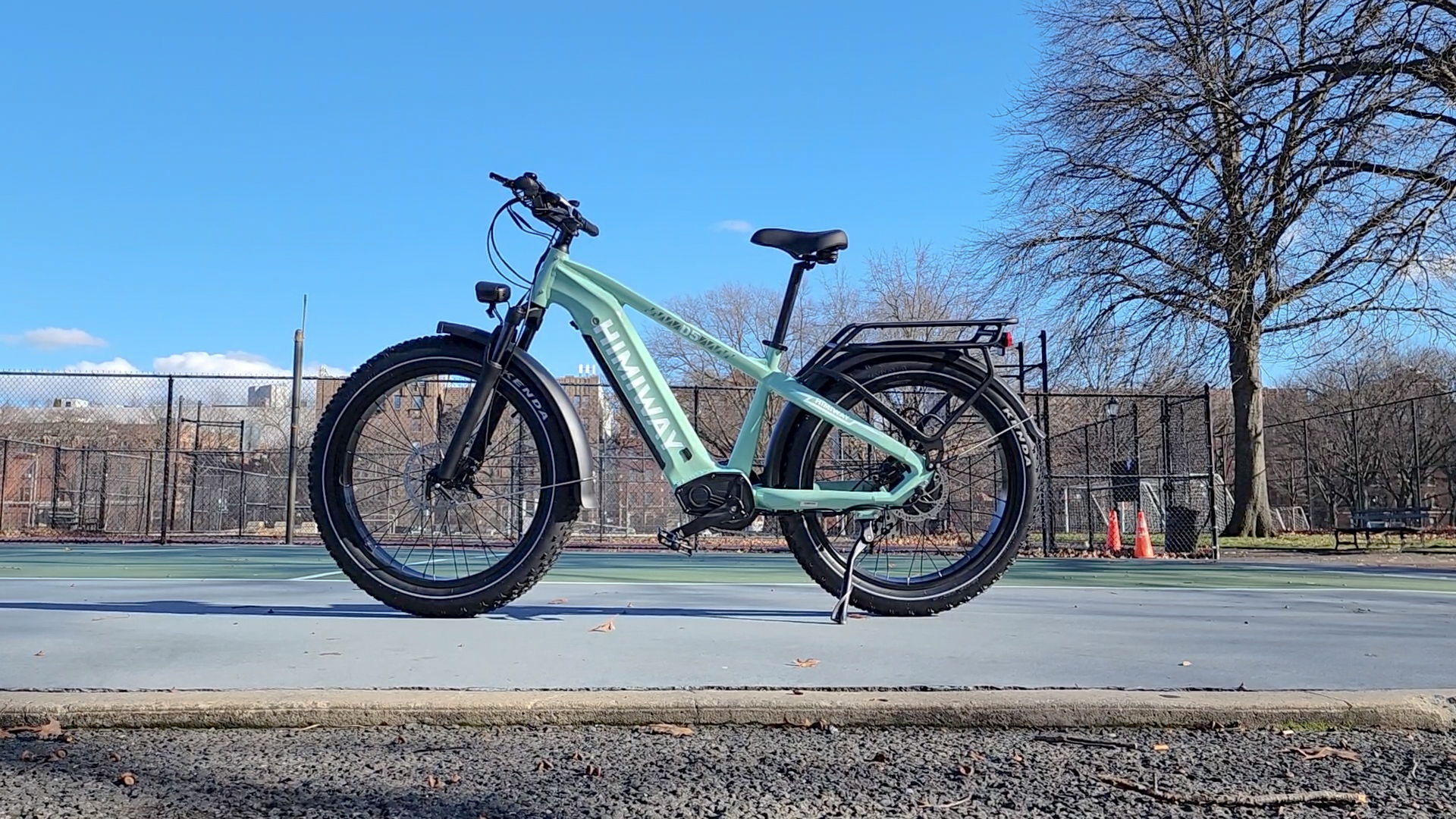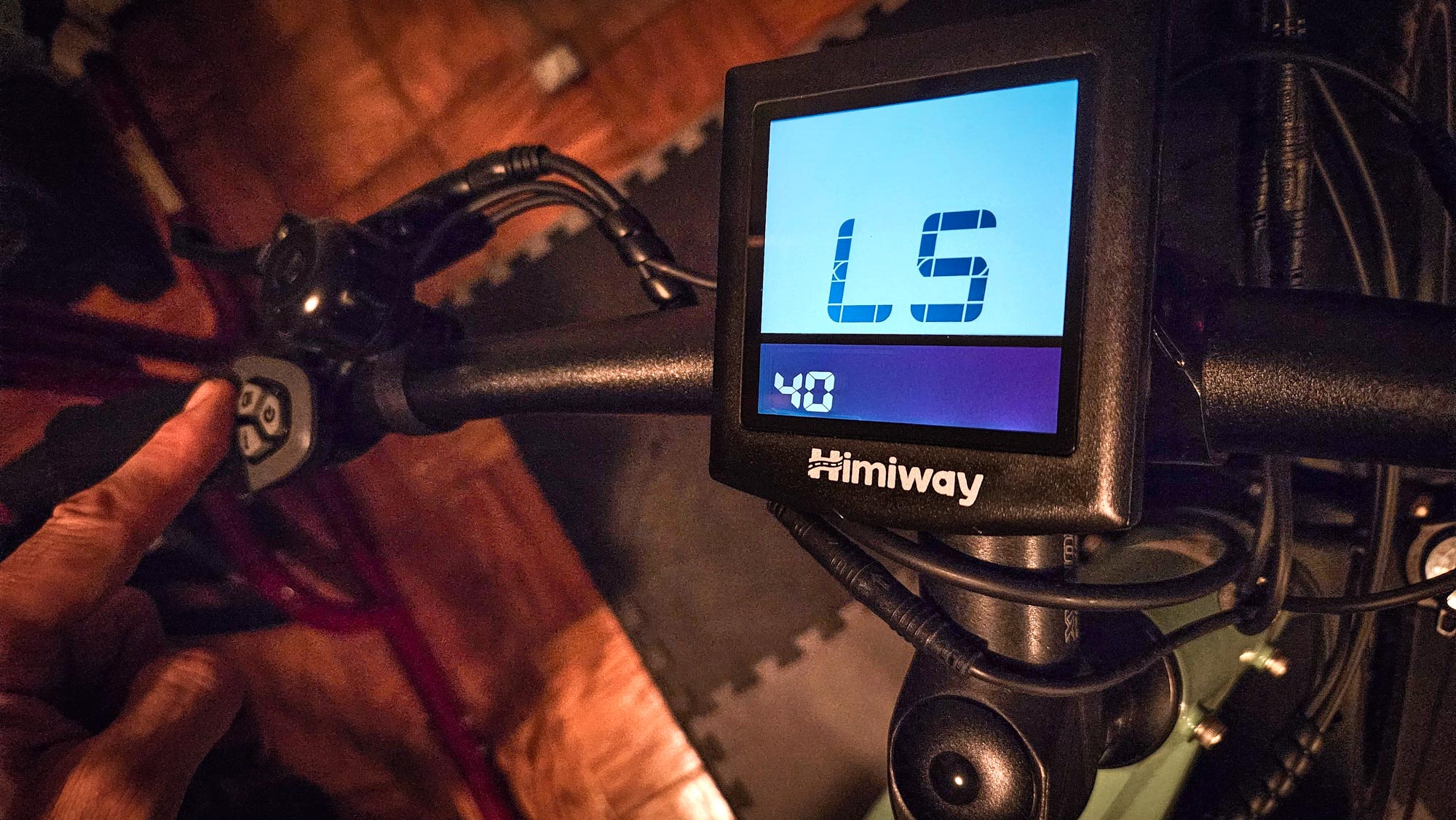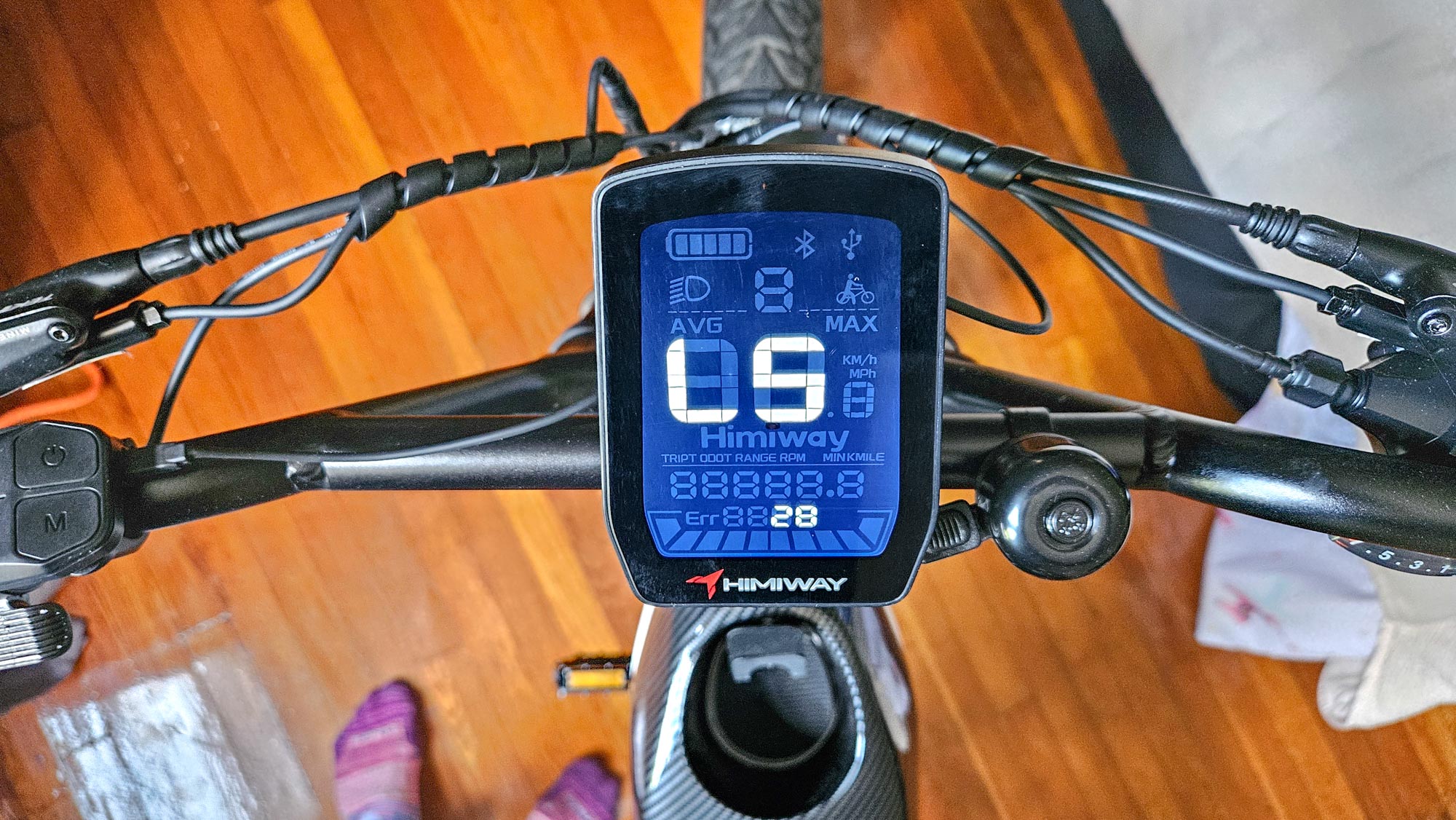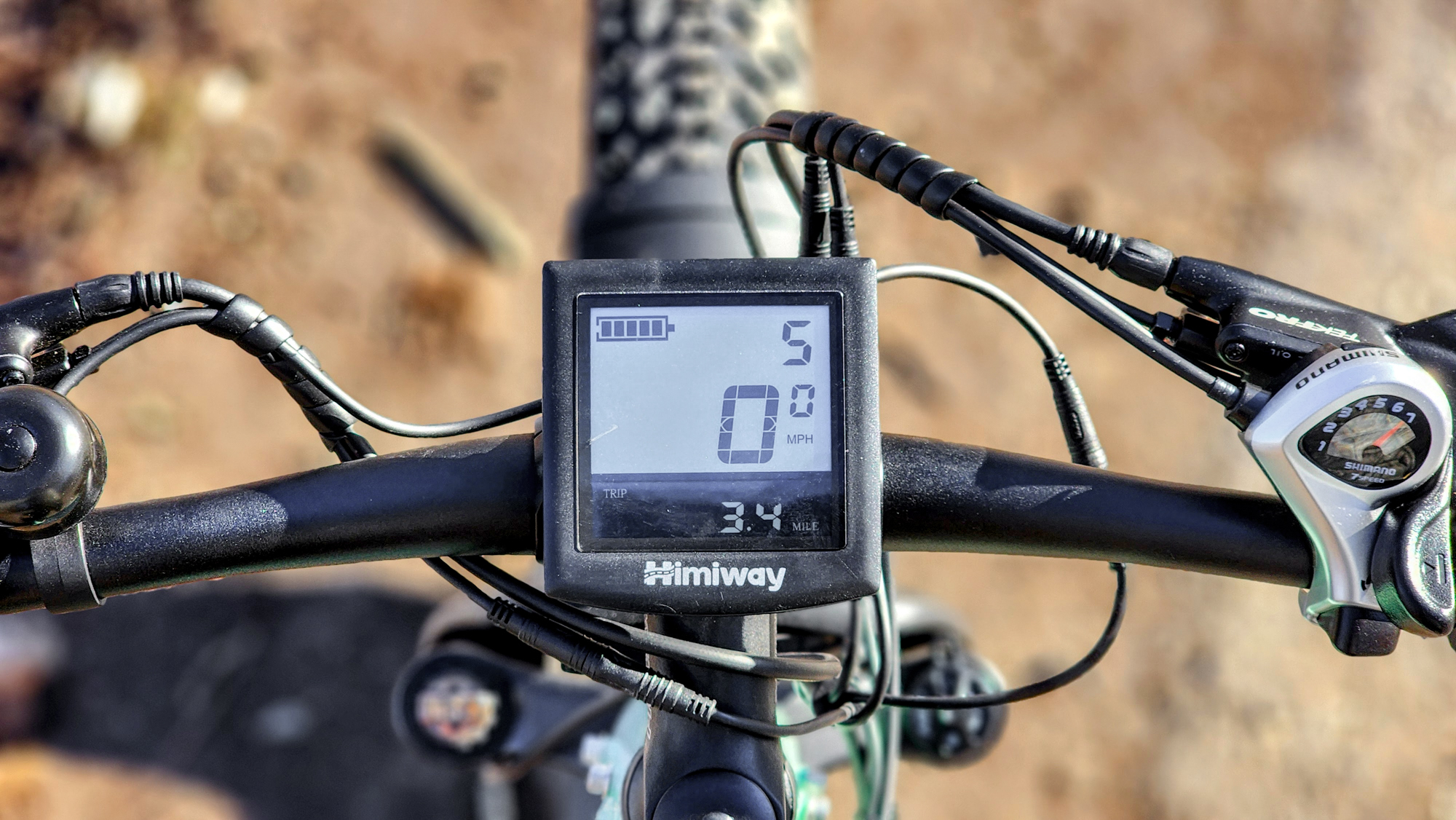
Electric bikes are a great way to get around, whether you're hoping to do fewer trips in the car, commute to work or take a leisurely ride. They have motors and batteries to assist you, making it a less intense exercise.
Some of the best electric bikes are made by Himiway, including the Himiway Zebra. However, the Zebra is a Class II e-bike, which means it can pedal assist up to a top supported speed of 20mph.
But as I was recently testing out the Himiway D5 (Zebra) and C5 Ultra, I noticed that, by default, both e-bikes are set to max out at slower speeds than their 750W brushless gear motors are capable of.
However, by bumping that max speed up to 25 mph with a nifty little hack I found in the user manual, I instantly turned the Zebra into a Class III e-bike that gave me a lot more zip on each trip.
Disclaimer
The honor system is alive and well when it comes to how and where you choose to operate your e-bike, and we at Tom’s Guide do not condone overclocking yours in places where it is illegal to do so. Stay safe out there, and proceed with caution!
How to increase the max speed on the Himiway Zebra

- Turn on the LCD by long pressing the power button.
- Hold down the "+" and "-" buttons simultaneously for two seconds to reach the trip meter reset screen.
- Hold down the "-" and "i" buttons in the same way to enter deep settings.
- At the next screen, you’ll be asked to enter the password (0510) by toggling between numbers with the "+" and "-" buttons and pressing the "i" button after each selection.
- Press the "i" button one more time to bypass the wheel size (Ld) screen.
- You should now find yourself at the speed limiter (LS) screen, where you can handicap the e-bike’s top speed to just 12 kph (~7.5 mph), or max it out at 40 kph (~25 mph).
How to increase the max speed on the Himiway C5 Ultra

Himiway’s moped-style C5 Ultra e-bike can be similarly overclocked to 28mph, up from the default max speed of 25mph. Here's what you need to do.
- Turn on the LCD by long pressing the power button.
- Hold down the "+" and "-" buttons simultaneously for two seconds to enter settings.
- Hold down the "-" and "M" buttons in the same way to enter deep settings.
- At the next screen, you’ll be asked to enter the password (0510) by toggling between numbers with the "+" and "-" buttons and pressing the "M" button after each selection.
- You should now find yourself at the speed limiter (LS) screen, where you can bump the max speed up to 28 mph.
Should you modify the maximum speed?
Now, just because you can turn your demure e-bike into a rip-roaring ridge-runner, doesn’t necessarily mean you should. Before Himiway tells you how to unleash their Zebra’s beast, it does a decent job of dissuading you in the user manual.
“The e-bike ships with the throttle set to accelerate the e-bike to a maximum speed of 25 mph. This can be adjusted higher, BUT please be mindful of local laws and regulations regarding maximum throttle speeds permitted. Himiway is not liable for any consequences of rider misuse of maximum throttle speed adjustments.”
Sign up to get the BEST of Tom's Guide direct to your inbox.
Get instant access to breaking news, the hottest reviews, great deals and helpful tips.
This little warning underlines how loosey-goosey the e-bike world is when it comes to Class I, II, and III regulations, which, as People for Bikes notes, vary from state to state.
So, it’s easy enough for e-bike makers to technically conform to the restrictions of each classification without completely overhauling the design of each bike model for the sake of that conformity.
Nevertheless, since modifying the max speed requires password protection, this gives parents the option of mitigating more risk amongst younger riders. (Read: those under 16 years of age.)

In New York City (where I live), the city's bike regulations state that all three e-bike classes are allowed on the same bike paths as other cyclists, including bridges, park drives, and greenways.
This means I’m technically in the clear to overclock the D5 and C5 in public spaces, but it still made me a little nervous zipping around at 28mph with so many pedestrians afoot. (Plus, I’ve definitely seen bike paths in NYC that straight-up say “no e-bikes allowed,” or a variation of the same.)
Since juiced-up e-bikes are only as safe as the human behind the handlebars, I can see why some folks might be up in arms — and legs — about the responsible use of Class III e-bikes, and why there are so many gray areas on the regulatory side of things.
During my testing, I had an excellent time ripping through the Prospect Park bike loop, which sadly didn’t have tons of extra space to really open the bike up for long without endangering a resident or two.
That being said, if you live in a more rural environment with lots of open space (and fewer humans around), I can see how a Class III e-bike such as the Himiway D5 Zebra could make for an excellent adventure companion that’s fast enough to keep up with local traffic.
More from Tom's Guide

As a freelance journalist, TJ has over a decade of multi-medium storytelling under his belt. Leveraging a quarter century of collective coddiwompling amid the ever-evolving landscape of wireless gadgetry, his unique editorial background allows him to explore a variety of tech-centric subsectors on this fascinating planet. When he's not field testing new gear in the Catskills, Adirondacks, or an actual field, he can be found sipping Negronis in his living room and crafting Dr. Seussian poetry inside a tattered moleskin.
